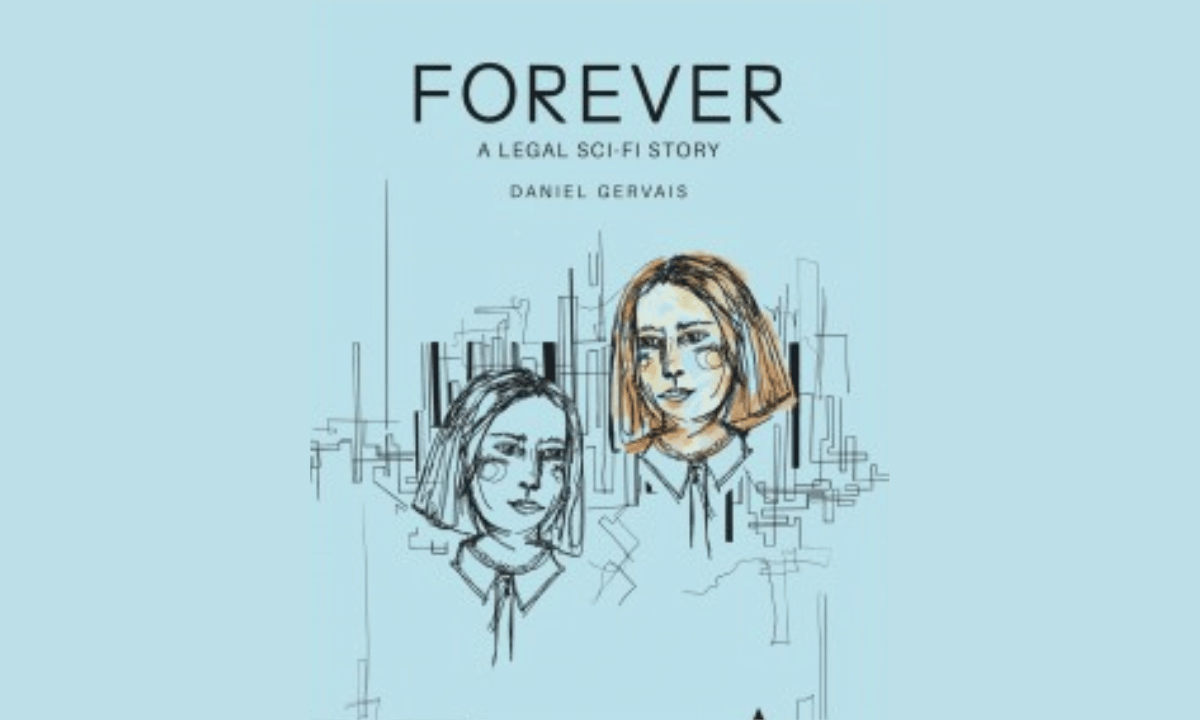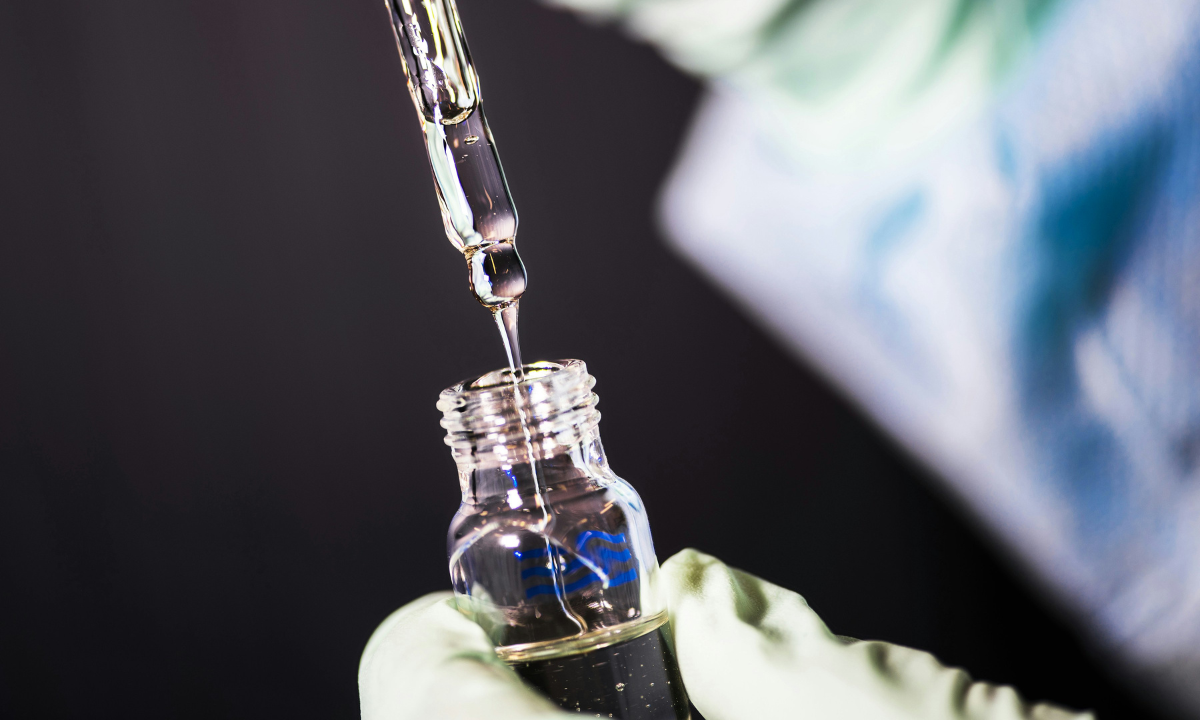In patent law, invention is a two-step process: the inventor first develops a complete mental picture of the invention, then physically makes the invention or describes it in sufficient detail for an artisan to make it. Both steps must take place, in that order, for a creation to qualify as an invention.
This approach has remained largely unchanged for over 100 years, despite the evolving nature of the inventive process and unpredictable fields like chemistry, which has produced significant products — nylon, Teflon, and SuperGlue, to name a few — by accident. “Serendipity” is a common pathway to invention in fields like biotechnology and pharmacology as well.
The Invention Myth, by Sean B. Seymore, Centennial Professor of Law and Professor of Chemistry at Vanderbilt University, offers a new approach to inventorship, one that more accurately reflects the way many significant things are created.
“The (current) bipartite paradigm exposes a disconnect between patent law and the scientific community that it serves,” Seymore writes. “Science is generally agnostic about how new things are made; it doesn’t matter if the new thing is created by design or by accident.”
To compensate for inventions produced in non-conforming ways, the patent system relies on workarounds and doctrines. For example, the doctrine of simultaneous conception and reduction to practice (SCRTP) attempts to address the challenges presented by serendipitous discovery. And while old things aren’t patentable, new uses for old things (like aspirin) might be patentable. Despite the adaptations, the shortcomings of inventorship lead to challenges, particularly after a patent has been issued.
“The patent system often ignores, or consciously omits, that the inventive process varies substantially across technologies,” the paper states.
The Invention Myth proposes a “hybrid approach” to invention that prioritizes the thing to be patented above the conception of said thing. Seymore accounts for a variety of scenarios, with primary focus on the date of creation. Serendipitous discoveries, collaborative inventions, and repurposed drugs are categories broken down into subcategories, each with their own rules. Derived inventions require proof of prior conception by the true inventor and communication of it to the deriver-patentee.
“Patent law is, at its heart, all about the invention,” Seymore writes. “This recalibration of the law of inventorship would allow the patent system to better connect to the scientific and technical communities that it serves.”
The Invention Myth is forthcoming in the Washington University Law Review.


